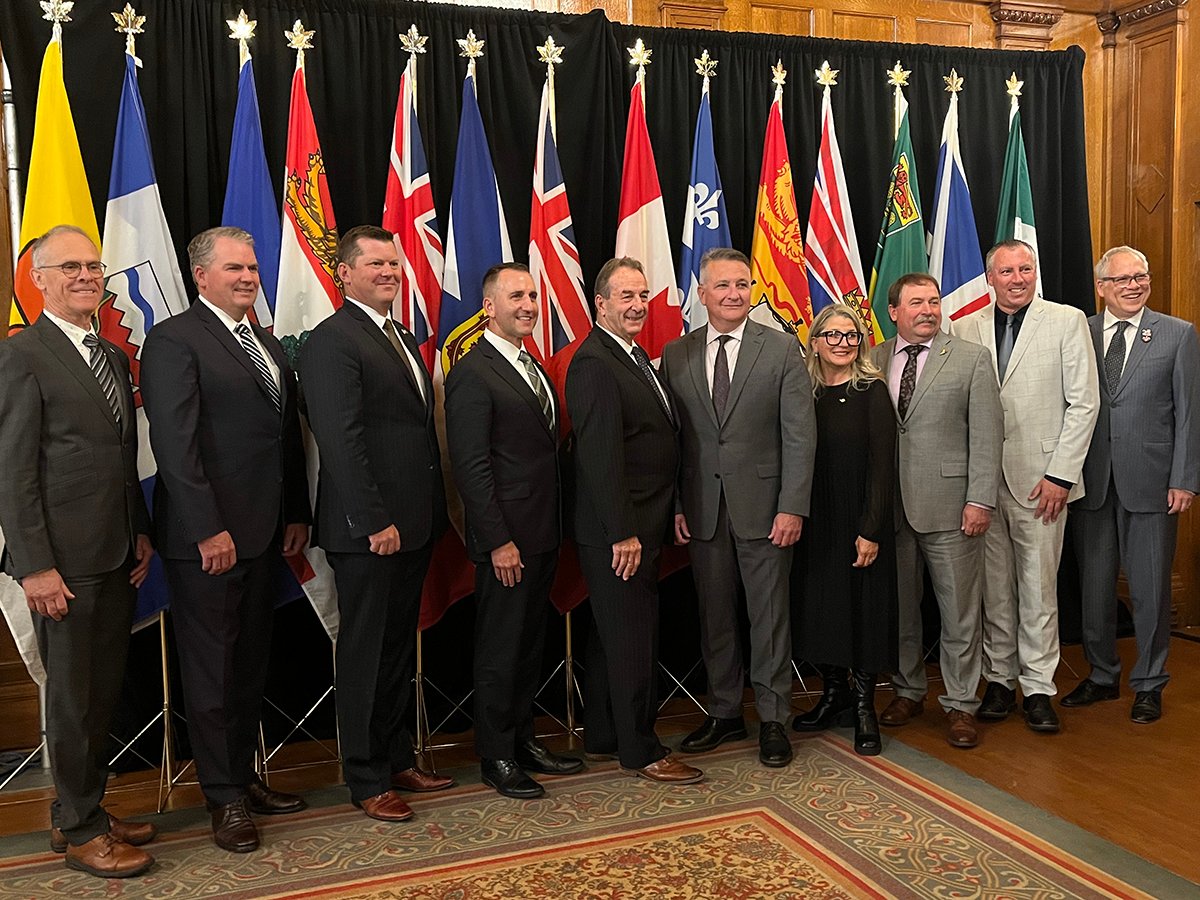Albertans are unlikely to see a rabid dog stumbling and snarling down Main Street like they do in the movies.
Of the 215 animals tested for rabies last year, four bats tested positive for the deadly disease. As well, another three bats have tested positive this year in Cochrane, Medicine Hat and Calgary.
“Rabies has a low prevalence in Alberta,” said Dr. Darcia Kostiuk, a public health veterinarian.
Bats are the only reservoir for the rabies virus in Alberta. In other provinces, the disease can be found in foxes, skunks and other small predators.
Read Also

Ag ministers hear request for regulatory change, more infrastructure development
Canada’s agriculture ministers met today in Winnipeg after postponing their usual July in-person meeting due to wildfires.
A massive cull program of small predators by the Alberta government in the 1950s eliminated the reservoir of rabies from the province, except in bats.
Rabies testing used to be administered by the Canadian Food Inspection Agency, but last year responsibility for testing was handed to provincial governments, which all continue to have some form of a rabies-control program because of its seriousness.
“It is fatal to humans, it is fatal to animals,” said Kostiuk.
A man near Three Hills, Alta., died in 2007 when a bat bit him.
All humans and domestic animals bit by a wild animal are tested for rabies.
Domestic animals aren’t killed if a possible rabid wild animal bites them. They are vaccinated or given a booster shot, depending on their vaccine status, and then monitored. Unvaccinated animals are vaccinated and placed in quarantine for three months.
Horses and cattle that are exposed to a possible rabid wild animal are also vaccinated , monitored for signs and possibly quarantine.
“People don’t typically vaccinate against rabies in Alberta because the prevalence is so low,” she said.
Additional testing for rabies is done through skunk surveillance testing along the borders with Montana and Saskatchewan to see if the rabies virus is moving into the province through the small animals.














